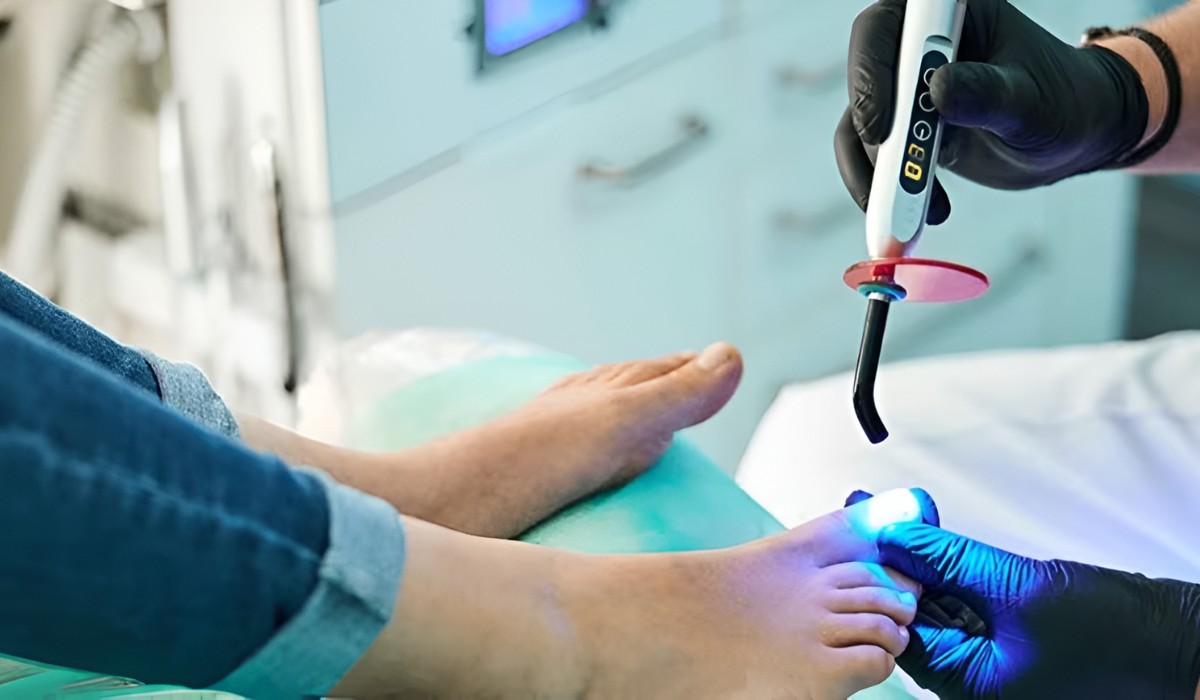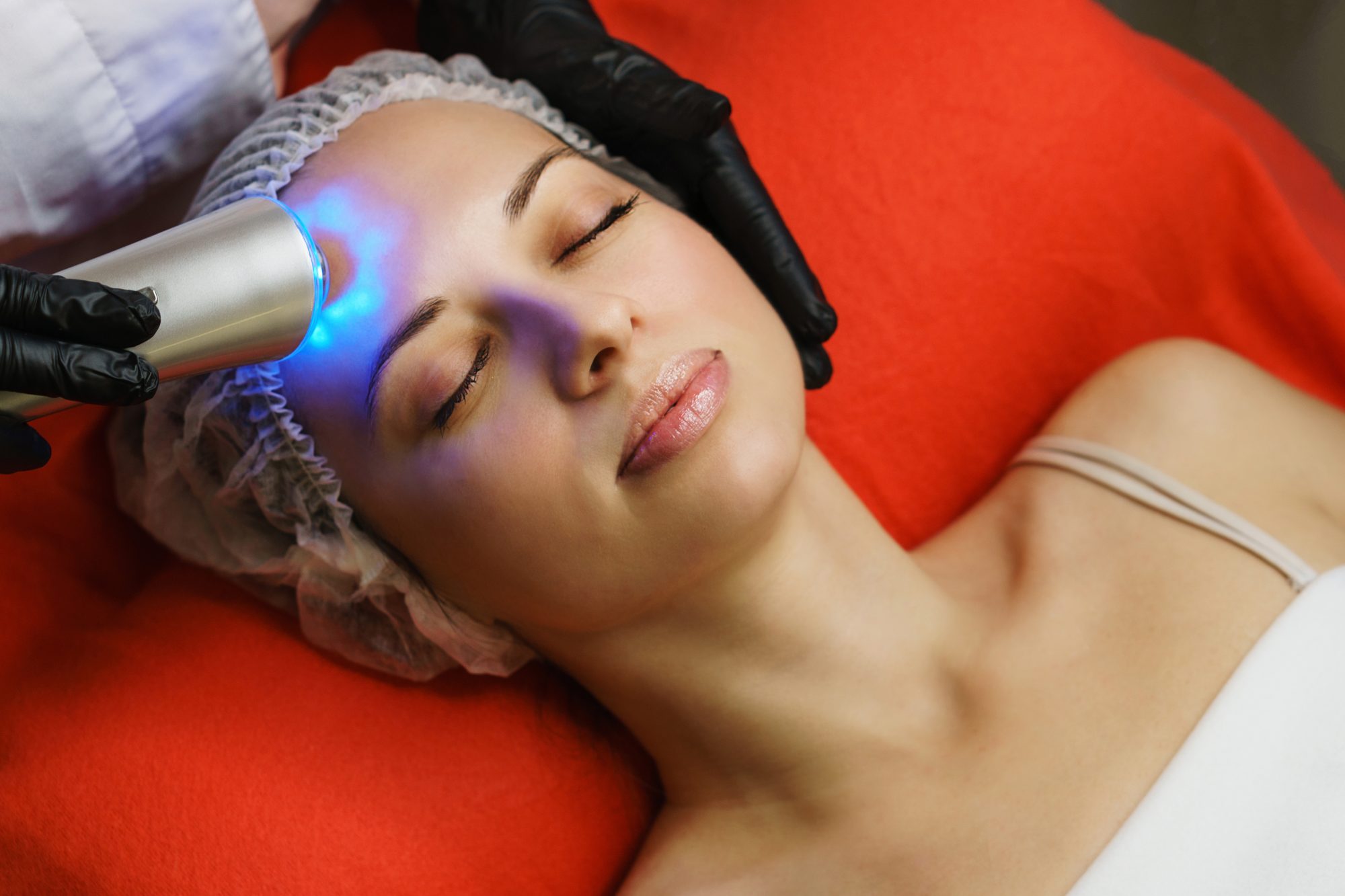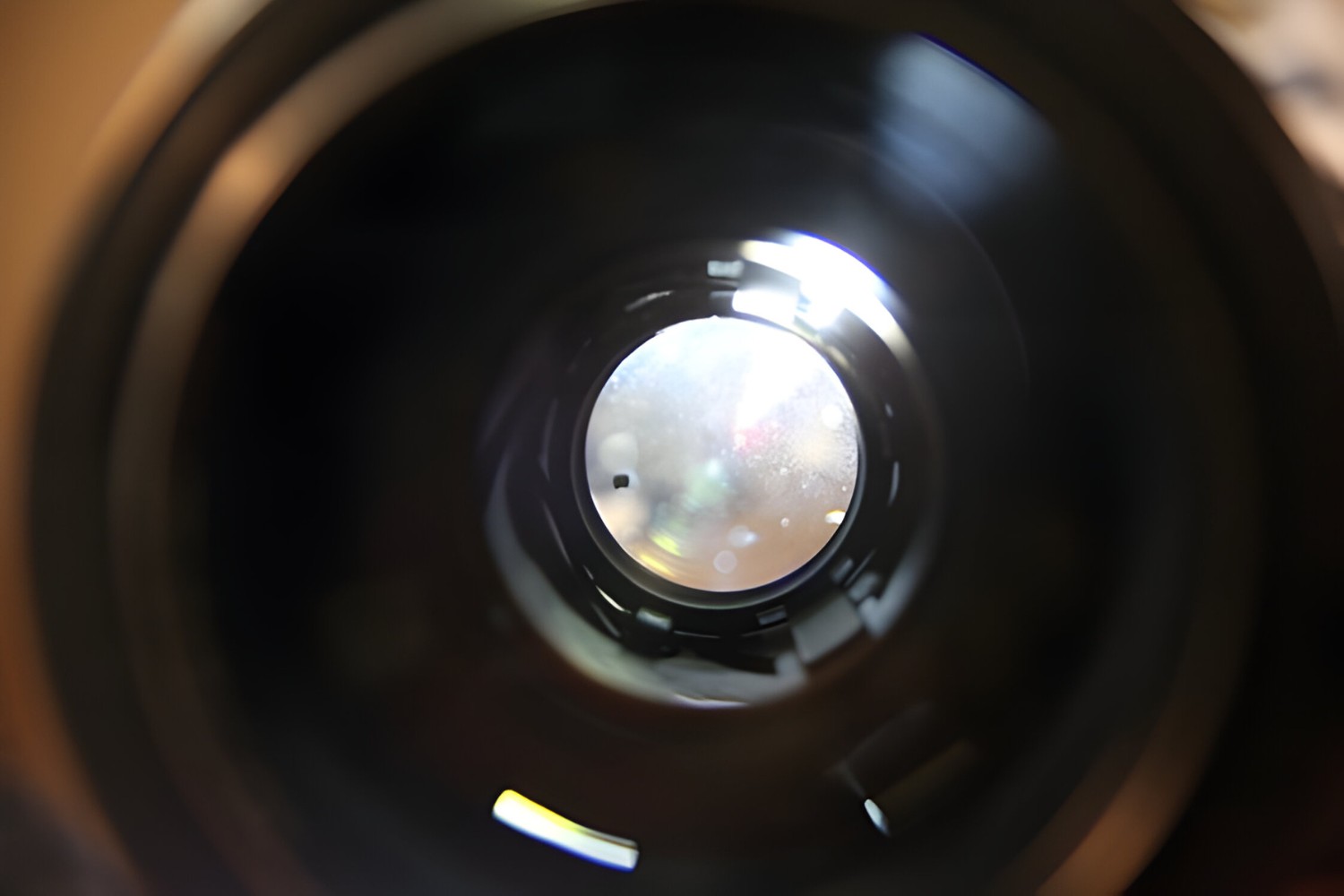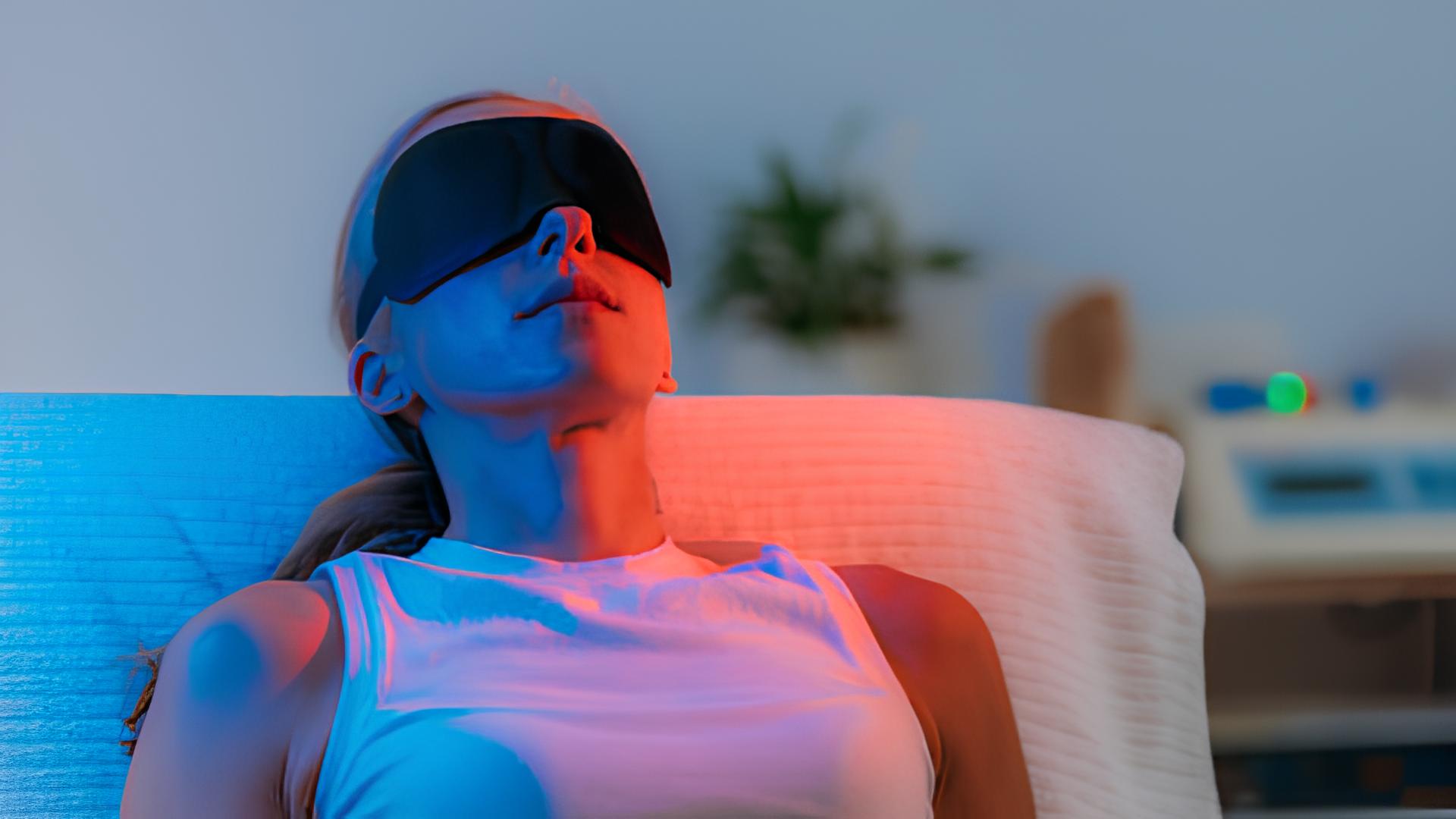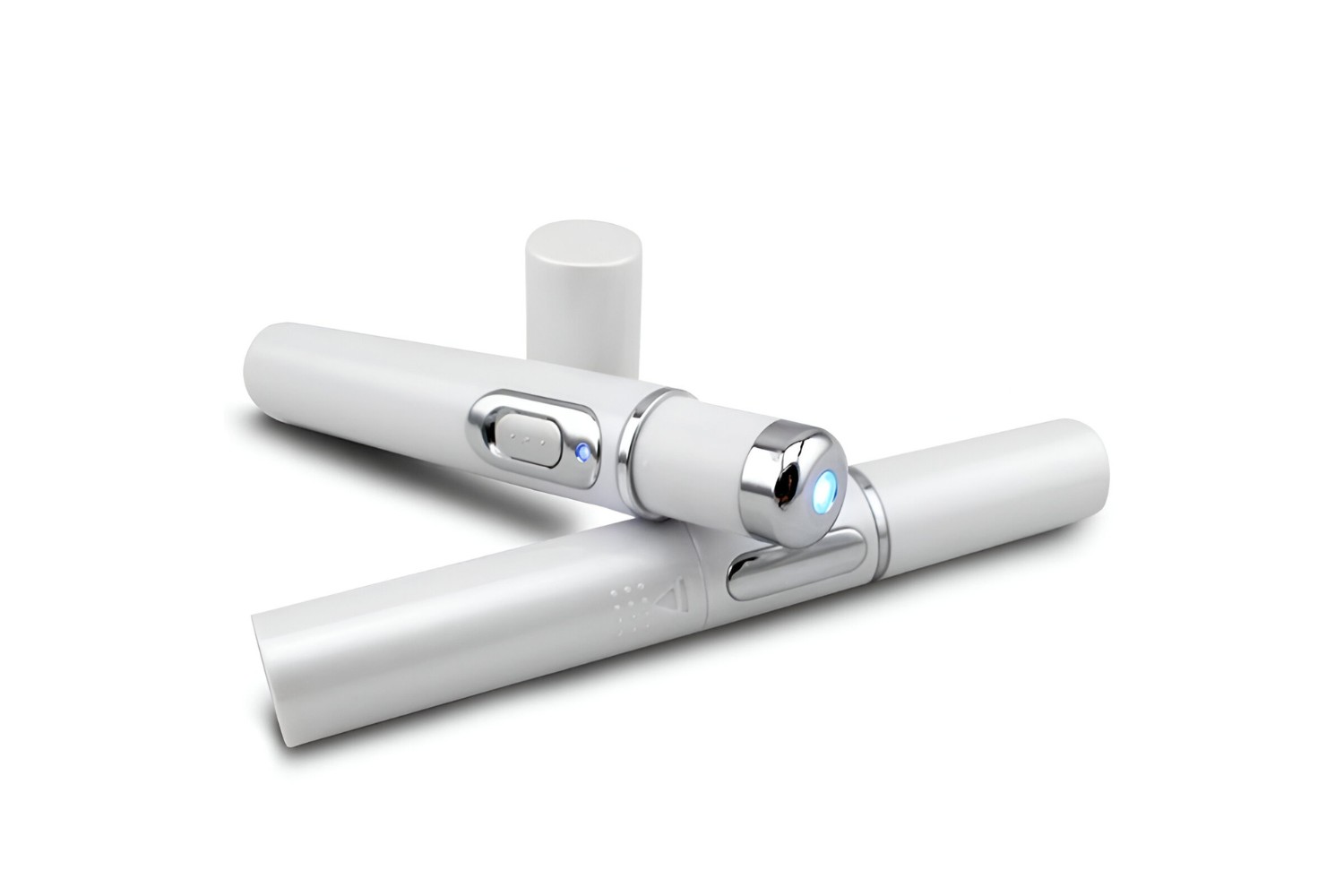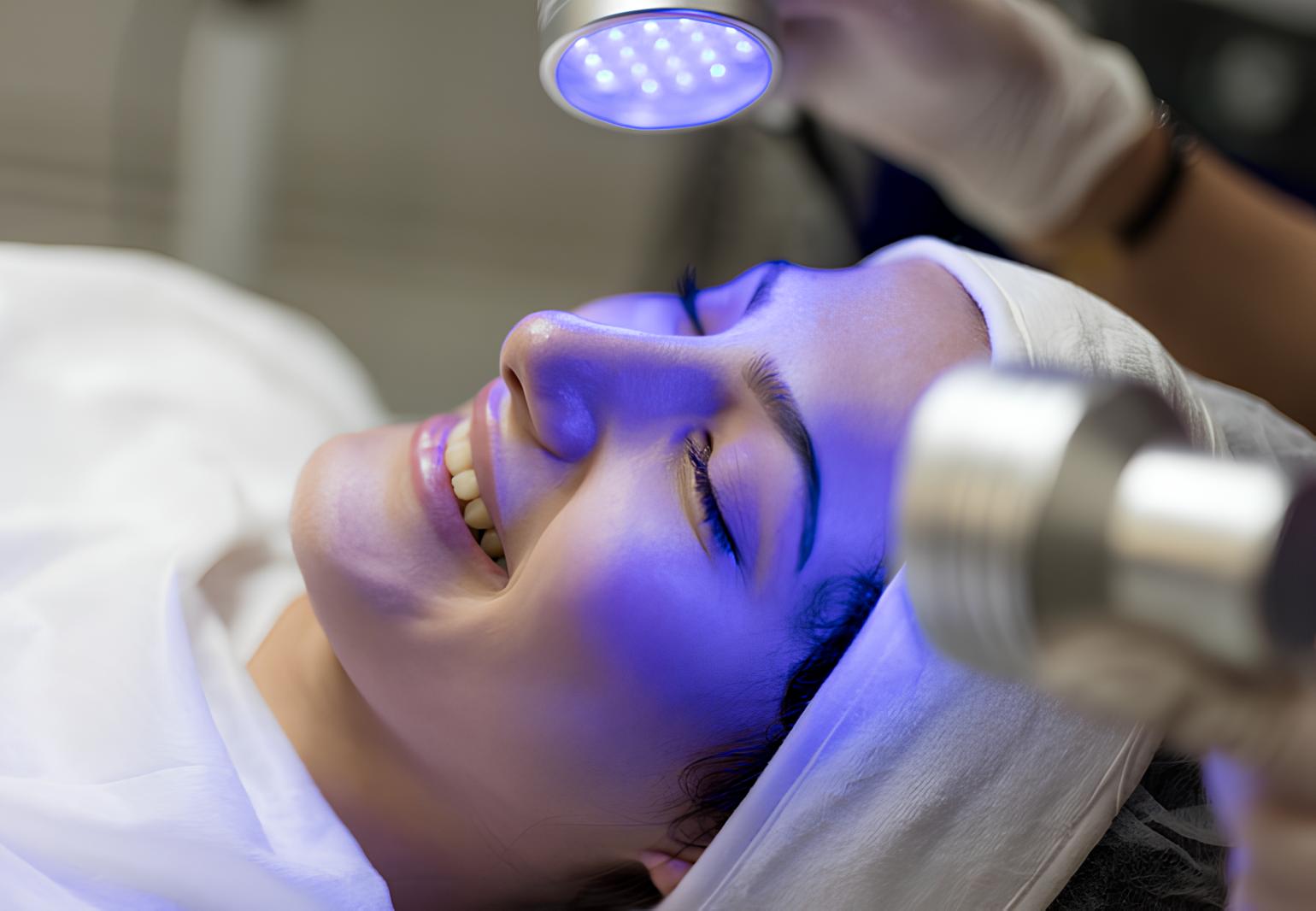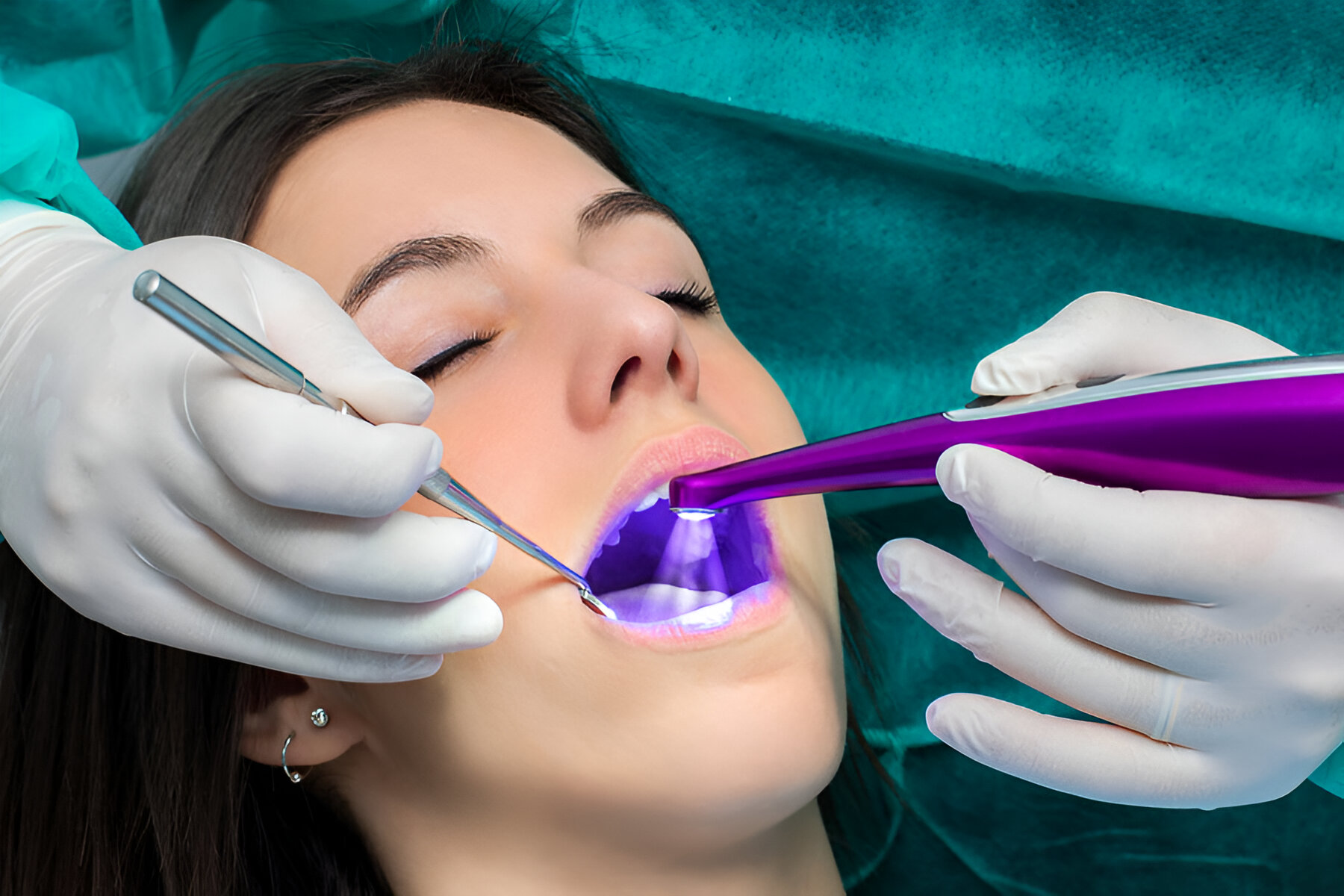Introduction
Toenail fungus, also known as onychomycosis, is a common and stubborn condition that affects millions of people worldwide. It can cause discoloration, thickening, and crumbling of the nails, leading to discomfort and self-consciousness. While various treatment options exist, the effectiveness and potential side effects have prompted the exploration of alternative solutions. One such innovative approach is the application of blue light treatment for toenail fungus.
The introduction of blue light therapy in podiatric care has sparked considerable interest due to its non-invasive nature and promising outcomes. This cutting-edge treatment method offers a ray of hope for individuals grappling with persistent toenail fungus. By harnessing the power of targeted light wavelengths, this approach presents a compelling alternative to traditional treatments, such as topical antifungal medications and oral prescriptions.
As we delve into the realm of blue light treatment for toenail fungus, it becomes evident that this approach represents a significant advancement in the field of podiatric care. By shedding light on this novel treatment modality, we aim to provide valuable insights into its mechanisms, effectiveness, benefits, and potential considerations. Join us on this enlightening journey as we explore the transformative potential of blue light therapy in addressing the challenges posed by toenail fungus.
Understanding Toenail Fungus
Toenail fungus, scientifically referred to as onychomycosis, is a prevalent condition characterized by the invasion of the nails by fungal organisms. This ailment typically begins as a small white or yellow spot under the tip of the nail and gradually spreads, causing the nail to discolor, thicken, and become brittle. As the infection progresses, the affected nails may develop a distorted shape, emit a foul odor, and even detach from the nail bed, leading to discomfort and embarrassment.
The primary culprit behind toenail fungus is a group of fungi known as dermatophytes, although other types of fungi and yeast can also contribute to the infection. These microscopic organisms thrive in warm, moist environments, making the feet an ideal breeding ground. Consequently, factors such as wearing tight-fitting shoes, walking barefoot in public areas like swimming pools and locker rooms, and having sweaty feet can significantly increase the risk of toenail fungus.
Moreover, individuals with weakened immune systems, circulatory issues, or a history of nail trauma are particularly susceptible to developing toenail fungus. Additionally, aging, diabetes, and poor hygiene practices can exacerbate the likelihood of fungal nail infections. The persistent nature of toenail fungus, coupled with the potential for it to spread to other nails or even the skin, underscores the importance of prompt and effective intervention.
Understanding the nuances of toenail fungus entails recognizing its impact on both physical and emotional well-being. The visible changes in nail appearance can lead to self-consciousness and reluctance to expose the affected areas in social or professional settings. Furthermore, the discomfort and potential pain associated with advanced cases of toenail fungus can impede mobility and diminish overall quality of life.
By gaining a comprehensive understanding of toenail fungus, individuals can appreciate the significance of seeking appropriate treatment to address this common yet challenging condition. With this knowledge as a foundation, the exploration of innovative treatment modalities, such as blue light therapy, becomes all the more compelling.
This section provides a foundational understanding of toenail fungus, setting the stage for a deeper exploration of the potential of blue light treatment as a transformative solution for this prevalent podiatric concern.
Current Treatment Options
The management of toenail fungus encompasses a spectrum of treatment options, each with its unique considerations and varying degrees of effectiveness. When confronted with this persistent and often distressing condition, individuals have several avenues to explore in their quest for relief. It is essential to understand the existing treatment modalities to make informed decisions and explore potential alternatives.
-
Topical Antifungal Medications: Over-the-counter and prescription-strength antifungal creams, ointments, and nail lacquers are commonly utilized to combat toenail fungus. These topical treatments are applied directly to the affected nails, aiming to penetrate the nail plate and target the underlying fungal infection. While convenient and non-invasive, the efficacy of topical antifungals may be limited by the ability to reach the site of infection and the challenges associated with consistent, long-term application.
-
Oral Antifungal Medications: Systemic antifungal medications, ingested orally, are often prescribed for moderate to severe cases of toenail fungus. These medications work from within the body to combat the fungal infection, potentially yielding more comprehensive results compared to topical treatments. However, oral antifungals may be associated with side effects and require vigilant monitoring due to their impact on liver function.
-
Laser Therapy: Laser treatment for toenail fungus has gained traction as a non-invasive approach to targeting fungal infections. This method involves directing laser energy onto the affected nails, aiming to eradicate the fungal organisms while preserving the surrounding tissue. While laser therapy shows promise, its accessibility and cost may present barriers for some individuals seeking treatment.
-
Surgical Intervention: In cases where toenail fungus is particularly severe or resistant to other forms of treatment, surgical options such as nail avulsion or partial/total nail removal may be considered. These procedures aim to eliminate the infected nail tissue, allowing for the regrowth of a healthy nail. However, surgical interventions entail inherent risks and necessitate post-operative care.
-
Home Remedies and Alternative Therapies: Various home remedies, such as vinegar soaks, tea tree oil applications, and essential oil blends, are often explored as complementary or alternative approaches to managing toenail fungus. While these methods may offer a sense of control and self-care, their efficacy and scientific validation vary widely.
The diverse landscape of current treatment options for toenail fungus reflects the multifaceted nature of this condition and the individualized considerations that come into play when seeking relief. While these approaches have provided valuable avenues for addressing toenail fungus, the emergence of blue light treatment presents a compelling addition to the arsenal of podiatric care. As we shift our focus to the innovative realm of blue light therapy for toenail fungus, we embark on a journey that holds the potential to redefine the landscape of treatment options for this pervasive podiatric concern.
Blue Light Treatment for Toenail Fungus
Blue light treatment, also known as photodynamic therapy, has emerged as a promising modality for combating toenail fungus. This innovative approach harnesses the power of specific wavelengths of light to target and eliminate fungal infections without causing harm to surrounding tissues. The application of blue light in podiatric care represents a significant advancement, offering a non-invasive and potentially effective alternative to traditional treatment methods.
The utilization of blue light for toenail fungus treatment involves the activation of a photosensitizing agent, often in the form of a specialized gel or solution, which is applied to the affected nails. Upon exposure to the targeted blue light wavelengths, the photosensitizing agent reacts with the fungal cells, leading to their destruction. This targeted photodynamic process holds immense promise in addressing the persistent and challenging nature of toenail fungus, presenting a novel avenue for achieving clearer, healthier nails.
One of the key advantages of blue light treatment for toenail fungus lies in its non-invasive nature. Unlike oral antifungal medications that may carry systemic side effects or surgical interventions that involve physical tissue removal, blue light therapy offers a gentle yet potent approach to combatting fungal infections. This non-invasive characteristic makes it particularly appealing for individuals seeking a treatment option that minimizes discomfort and recovery time.
Moreover, the precision of blue light therapy in targeting fungal cells while sparing healthy tissue contributes to its potential as a highly localized and effective treatment modality. By specifically addressing the fungal infection within the nails, blue light treatment holds the promise of yielding favorable outcomes while minimizing the risk of collateral damage to surrounding structures.
The emergence of blue light treatment for toenail fungus represents a significant stride in the evolution of podiatric care, offering a ray of hope for individuals grappling with this persistent condition. As we delve deeper into the mechanisms and potential benefits of blue light therapy, it becomes evident that this innovative approach holds tremendous promise in reshaping the landscape of toenail fungus treatment.
This section provides a glimpse into the transformative potential of blue light treatment for toenail fungus, setting the stage for a comprehensive exploration of its mechanisms, effectiveness, benefits, and considerations.
How Blue Light Treatment Works
Blue light treatment, also referred to as photodynamic therapy, operates on the principle of targeted photodynamic action to combat toenail fungus. The process begins with the application of a photosensitizing agent, often in the form of a specialized gel or solution, to the affected nails. This photosensitizing agent serves as the key element that facilitates the destruction of fungal cells when activated by specific wavelengths of blue light.
Upon the application of the photosensitizing agent, the affected nails are exposed to the targeted blue light, which triggers a photochemical reaction within the fungal cells. This reaction leads to the generation of reactive oxygen species, such as singlet oxygen and free radicals, within the fungal organisms. These reactive oxygen species inflict significant damage to the fungal cell membranes and internal structures, ultimately culminating in the destruction of the fungal cells.
The precise targeting of the blue light wavelengths ensures that the photosensitizing agent reacts specifically with the fungal cells, sparing the surrounding healthy tissue from harm. This localized photodynamic process allows for the selective eradication of the fungal infection within the nails, offering a potent and targeted approach to toenail fungus treatment.
The efficacy of blue light treatment in combatting toenail fungus is underpinned by the ability of the photosensitizing agent and blue light combination to disrupt the essential components of fungal cells, thereby impeding their viability and proliferation. This targeted mechanism of action holds immense promise in addressing the persistent and challenging nature of toenail fungus, offering a non-invasive and potentially effective solution for individuals seeking relief from this common podiatric concern.
As the understanding of the intricate workings of blue light treatment for toenail fungus continues to evolve, the potential for this innovative approach to redefine the landscape of podiatric care becomes increasingly apparent. By harnessing the power of targeted photodynamic action, blue light treatment stands at the forefront of transformative advancements in addressing toenail fungus, offering a beacon of hope for individuals navigating the complexities of this prevalent condition.
Effectiveness of Blue Light Treatment
The effectiveness of blue light treatment for toenail fungus is a focal point in the realm of podiatric care, offering a compelling avenue for combating this persistent and often challenging condition. As individuals seek solutions that deliver tangible results and lasting relief, the potential of blue light therapy to address toenail fungus warrants thorough exploration.
Studies and clinical observations have underscored the promising effectiveness of blue light treatment in targeting and eradicating fungal infections within the nails. By leveraging the power of specific wavelengths of light and a photosensitizing agent, this innovative approach aims to achieve notable outcomes without the systemic side effects associated with oral medications or the invasiveness of surgical interventions.
The localized and targeted nature of blue light therapy contributes to its effectiveness in addressing toenail fungus. By activating the photosensitizing agent with precise blue light wavelengths, the treatment selectively targets the fungal cells while preserving the integrity of surrounding healthy tissue. This focused approach holds the potential to yield favorable outcomes, offering a pathway to clearer, healthier nails without imposing undue harm on the treated area.
Furthermore, the non-invasive characteristic of blue light treatment enhances its appeal as an effective intervention for toenail fungus. As individuals seek treatments that minimize discomfort and recovery time, the gentle yet potent nature of blue light therapy aligns with the desire for a treatment modality that delivers results without undue physical impact.
The evolving body of evidence surrounding the effectiveness of blue light treatment serves as a testament to its potential to redefine the landscape of toenail fungus management. As researchers and practitioners continue to delve into the nuances of this innovative approach, the quest for effective and accessible solutions for toenail fungus remains at the forefront of podiatric care.
In essence, the effectiveness of blue light treatment for toenail fungus represents a pivotal advancement in the pursuit of transformative interventions for this prevalent podiatric concern. By harnessing the power of targeted photodynamic action, blue light therapy stands as a beacon of hope for individuals seeking relief from the challenges posed by toenail fungus, offering a promising alternative in the spectrum of available treatment options.
Benefits of Blue Light Treatment
The adoption of blue light treatment for toenail fungus brings forth a myriad of compelling benefits, positioning it as a transformative intervention in the realm of podiatric care. This innovative approach offers a range of advantages that resonate with individuals seeking effective and accessible solutions for managing toenail fungus.
-
Non-invasive Nature: Blue light therapy presents a non-invasive treatment modality for toenail fungus, contrasting with the potential discomfort and recovery associated with surgical interventions. This characteristic makes it particularly appealing for individuals seeking a gentle yet potent approach to addressing fungal nail infections.
-
Localized and Targeted Action: The precision of blue light treatment in targeting fungal cells while sparing healthy tissue underscores its potential to yield favorable outcomes. By selectively addressing the fungal infection within the nails, this approach offers a focused strategy for achieving clearer, healthier nails without causing harm to the surrounding structures.
-
Minimal Side Effects: Unlike systemic oral antifungal medications that may be associated with systemic side effects, blue light therapy offers a pathway to toenail fungus management with minimal systemic impact. This aspect aligns with the desire for treatment options that minimize the potential for adverse effects while delivering tangible results.
-
Promising Efficacy: Studies and clinical observations have highlighted the promising effectiveness of blue light treatment in combatting toenail fungus. By harnessing the power of specific wavelengths of light and a photosensitizing agent, this innovative approach aims to achieve notable outcomes without the invasiveness of surgical interventions or the systemic impact of oral medications.
-
Potential for Convenience: As the landscape of podiatric care evolves, the potential for blue light treatment to offer a convenient and accessible option for toenail fungus management becomes increasingly apparent. This modality may present an attractive alternative for individuals seeking relief from fungal nail infections without the complexities associated with other treatment options.
In essence, the benefits of blue light treatment for toenail fungus position it as a compelling and promising intervention, offering individuals grappling with this challenging condition a beacon of hope for achieving clearer, healthier nails. The non-invasive, targeted, and potentially effective nature of this innovative approach underscores its transformative potential in reshaping the landscape of toenail fungus management, paving the way for accessible and impactful solutions in podiatric care.
Risks and Side Effects
While the emergence of blue light treatment for toenail fungus presents a promising alternative in podiatric care, it is essential to consider potential risks and side effects associated with this innovative intervention. Understanding these considerations is crucial for individuals seeking comprehensive insights into the implications of blue light therapy for managing toenail fungus.
One notable aspect to acknowledge is the potential for skin sensitivity and phototoxic reactions following blue light treatment. The photosensitizing agent, when activated by specific wavelengths of blue light, has the potential to induce skin reactions in some individuals, particularly those with heightened sensitivity to light. This may manifest as redness, warmth, or mild irritation in the treated areas. While these reactions are generally transient and resolve over time, it is important for individuals undergoing blue light therapy to be mindful of their skin's response and communicate any concerns to their healthcare providers.
Additionally, as with any treatment modality, there may be a risk of incomplete eradication of the fungal infection or the possibility of recurrence following blue light therapy. While this innovative approach holds promise in targeting and destroying fungal cells within the nails, the multifaceted nature of toenail fungus may pose challenges in achieving complete resolution in some cases. It is essential for individuals undergoing blue light treatment to maintain open communication with their podiatrists and adhere to recommended follow-up care to monitor the progress and address any potential signs of recurrence.
Furthermore, while the non-invasive nature of blue light therapy is a notable advantage, individuals should be mindful of the potential for transient discomfort or mild sensitivity during and following the treatment sessions. Although these effects are generally well-tolerated, it is important for individuals to discuss any concerns or unexpected reactions with their healthcare providers to ensure a comprehensive and supportive care experience.
As with any medical intervention, it is imperative for individuals considering blue light treatment for toenail fungus to engage in thorough discussions with their healthcare providers, addressing any underlying health conditions, potential sensitivities, and the overall suitability of this approach for their specific needs. By fostering open and informed dialogue, individuals can navigate the potential risks and side effects of blue light therapy while embracing the transformative potential it holds in addressing the challenges posed by toenail fungus.
In essence, while blue light treatment offers a promising and non-invasive avenue for combating toenail fungus, it is important for individuals to approach this intervention with a comprehensive understanding of the potential risks and side effects. By doing so, individuals can make informed decisions and engage in proactive communication with their healthcare providers, contributing to a supportive and personalized care journey in the realm of podiatric interventions.
Conclusion
In conclusion, the emergence of blue light treatment for toenail fungus represents a significant stride in the evolution of podiatric care, offering a compelling alternative to traditional treatment modalities. This innovative approach harnesses the power of targeted photodynamic action to combat fungal infections within the nails, presenting a non-invasive, localized, and potentially effective solution for individuals grappling with this persistent and challenging condition.
The comprehensive exploration of blue light therapy has shed light on its mechanisms, effectiveness, benefits, and potential considerations. By leveraging specific wavelengths of light and a photosensitizing agent, this transformative intervention demonstrates promising efficacy in targeting and eradicating fungal nail infections while minimizing the potential for systemic side effects or invasive procedures.
The benefits of blue light treatment, including its non-invasive nature, targeted action, minimal side effects, and potential for convenience, position it as a compelling and promising intervention in the realm of podiatric care. This innovative approach offers individuals navigating the complexities of toenail fungus a beacon of hope for achieving clearer, healthier nails without undue physical impact or prolonged recovery.
However, it is crucial for individuals to approach blue light therapy with a comprehensive understanding of potential risks and side effects, fostering open communication with their healthcare providers to ensure a supportive and personalized care journey. By navigating the implications of this innovative intervention with informed insights, individuals can make empowered decisions regarding their toenail fungus management.
As the landscape of podiatric care continues to evolve, the potential for blue light treatment to redefine the management of toenail fungus becomes increasingly apparent. This transformative approach holds the promise of reshaping the paradigm of toenail fungus interventions, offering accessible and impactful solutions that resonate with individuals seeking relief from this prevalent podiatric concern.
In essence, the introduction of blue light treatment for toenail fungus illuminates a path toward a future where individuals can approach the management of this challenging condition with renewed optimism and confidence. By embracing the transformative potential of blue light therapy, individuals can embark on a journey toward clearer, healthier nails and enhanced well-being, marking a significant advancement in the pursuit of effective and accessible solutions in podiatric care.







